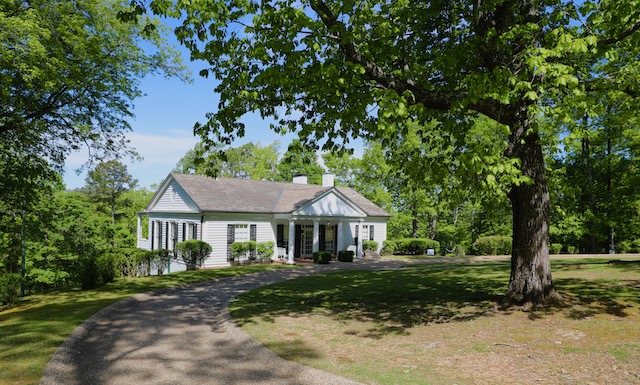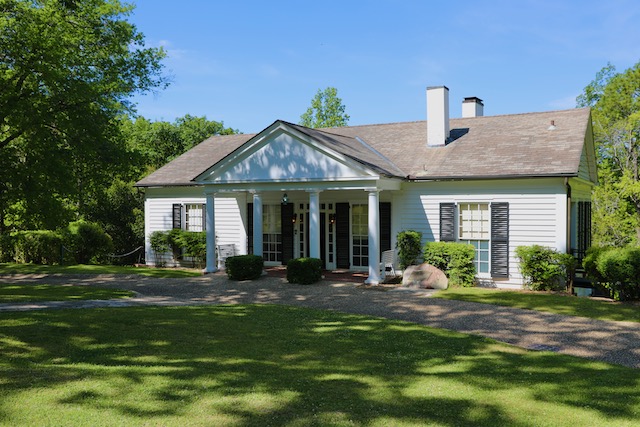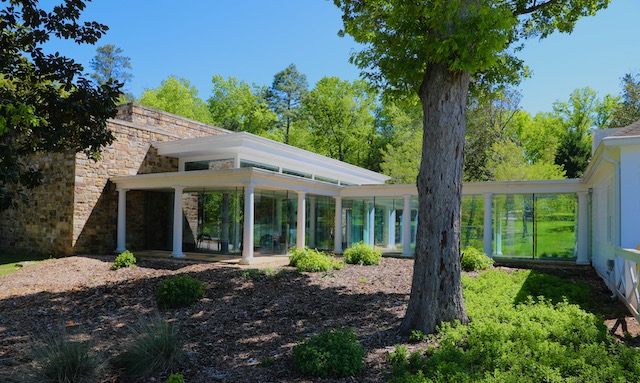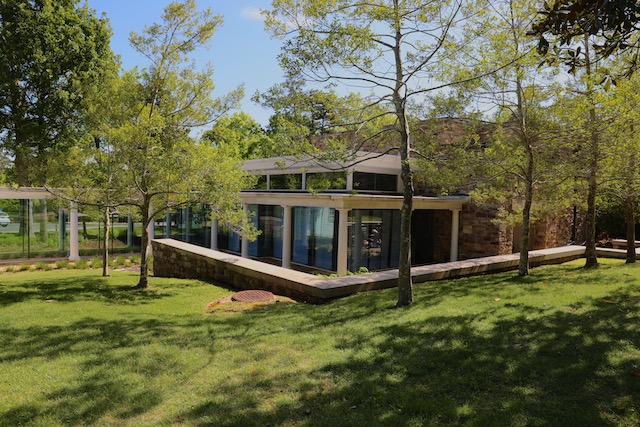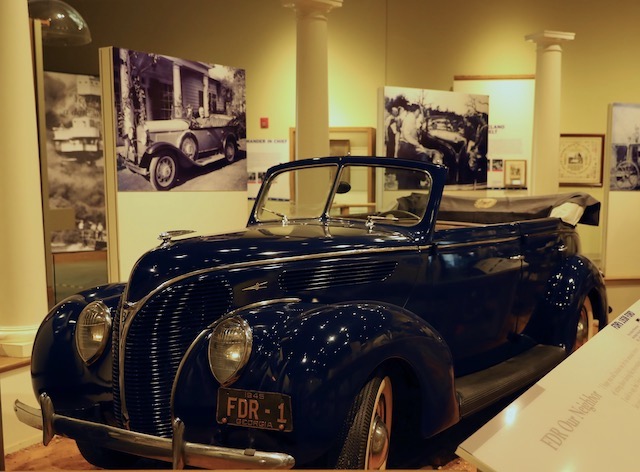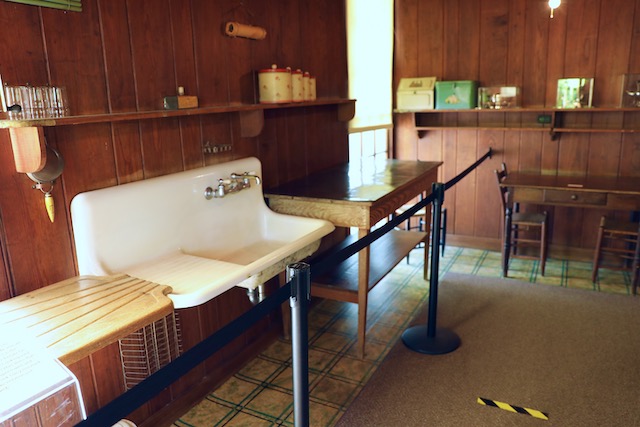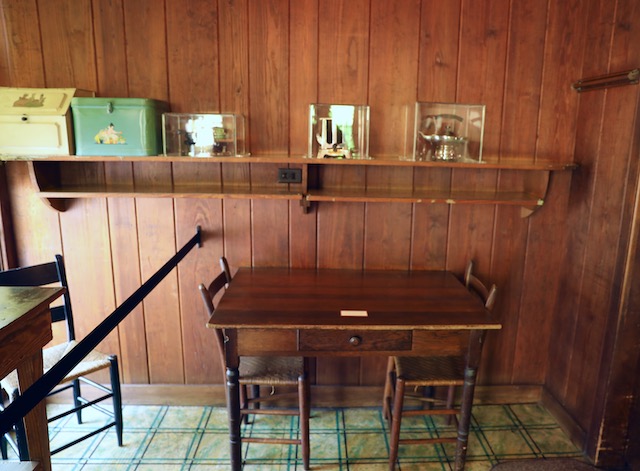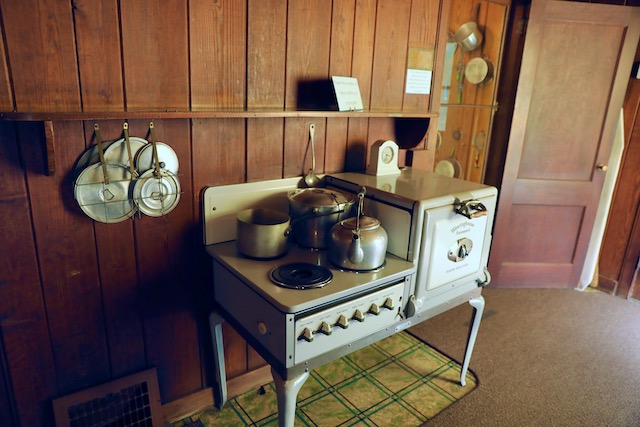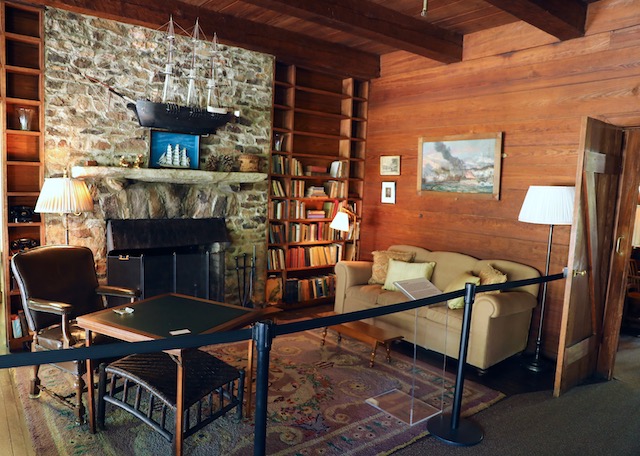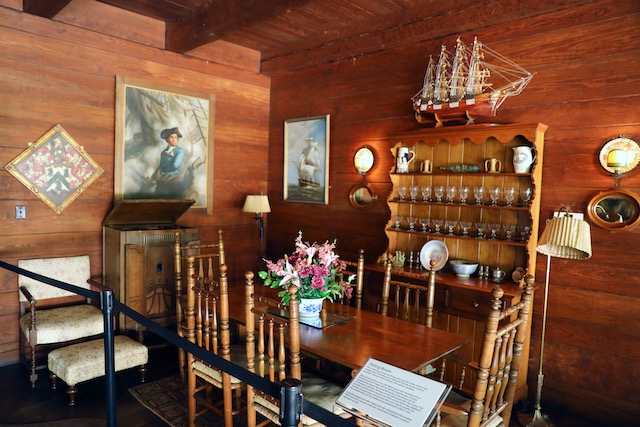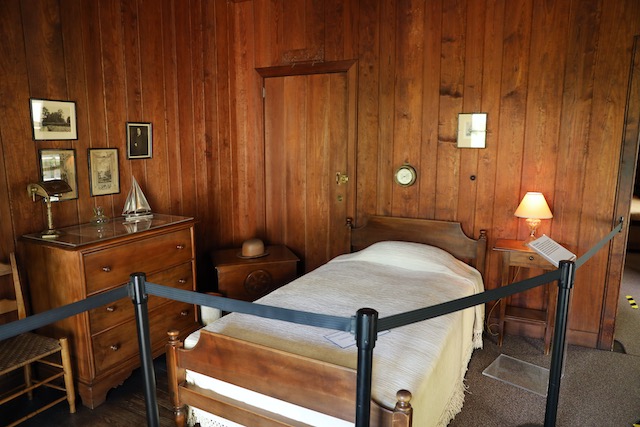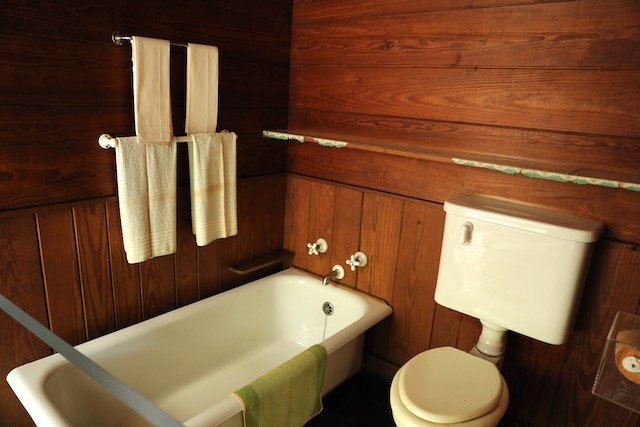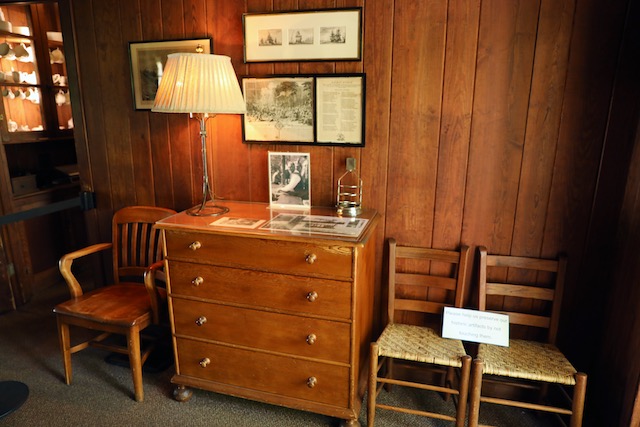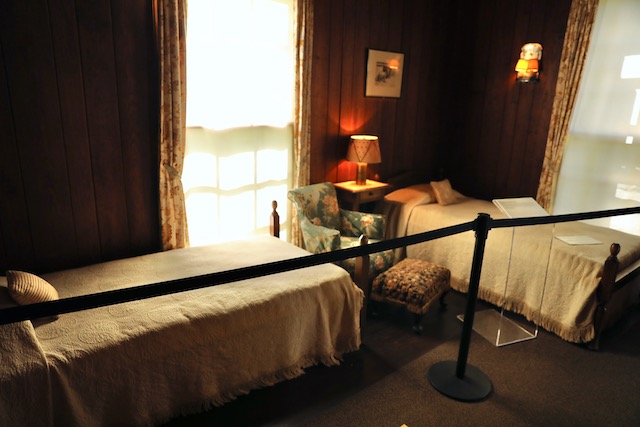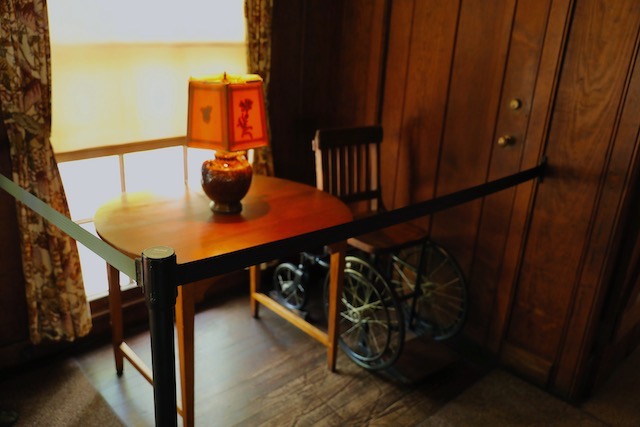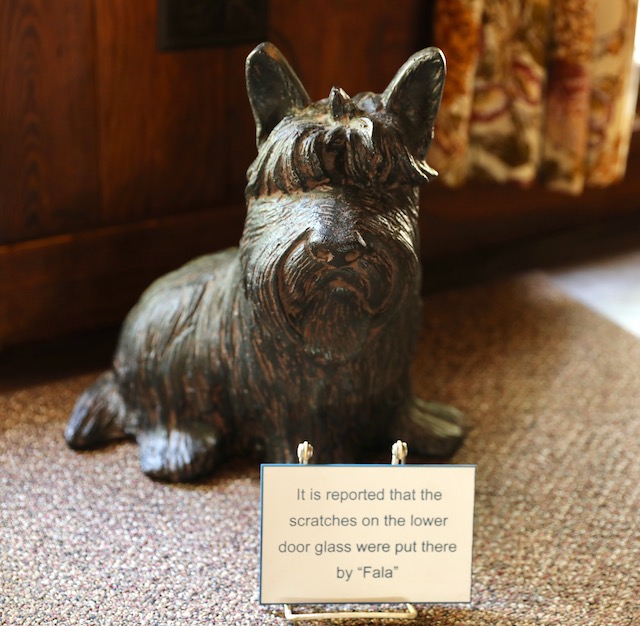Headwaters Of The Green New Deal
We celebrate our Earth Day with a sense of quiet contentment – and sombre reflection after a tour of FDR’s “Little White House” in Warm Springs, Georgia.
How fitting a day for the Green New Deal bus to be amid the history of the original New Deal, particularly in light of the recent political events in Georgia and the reintroduction of the Green New Deal Resolution by AOC and Friends.
After heading out of the southern Arizona desert upon the onset of the first 100 degree day and heading across magnificent southern Utah, as we were headed east and coming across the midwest, we got hammered with a week of cold, high winds, snow and rain.
In looking for a way out of this miserable weather, I set upon my own “southern strategy” – and thought Warm Springs Georgia would be a great place to visit.
We arrived in town late afternoon yesterday, and because FDR’s site was about to close, after getting help from a ranger about where I could park for the night (he suggested the Baptist Church parking lot), we headed downtown. First stop: Mac’s BBQ. The pulled pork was out of this world! We’re heading back for dinner today.
Most of the local shops were still closed, not yet open for the season.
First thing this morning, we went back to FDR’s place for the day.
As you enter, you pass through the museum. The architecture reminds of Frank Loyd Wright.
I was disappointed with the displays (infotainment), as there was not much on the New Deal and key programs, particularly like the Civilian Conservation Corps (CCC). But the inclusion and depiction of rural electrification was interesting. That could be because the site is owned and run by the State of Georgia – not federal National Park Service. FDR deeded the place to the State of Georgia. There were similar style and omissions at the crappy gift shop, but I did buy books on the Georgia CCC and FDR’s Famous Speeches.
But The Little White House itself – and the landscape – are simply magnificent.
The scale, craftsmanship, and simplicity of the furnishings at once gave a sense of intimacy and yet a creepy almost voyeuristic feel of intrusion into a very private space. (FDR died there on April 12, 1945). (and sorry, I forgot to reset my outdoor white balance and the colors are so terrible!)
Visitors enter through the side door, into the kitchen:
The muted light, rich wood paneling, and simply crafted artifacts stimulate an incredibly moving and somber mood and sense of contentment.
I was told by the host – a black woman – that the wood that built the place was harvested locally.
On the way out, I mentioned how much I enjoyed the simplicity and dignity to the lady at the museum desk. She replied that FDR knew he was among poor people and intentionally kept it simple because he didn’t want to lord it over or create any impression that he thought he was better than the locals.
That kind of humility, simplicity, craftsmanship, and dignity permeates the place. Just like his politics and New Deal programs, his compound shows a deep respect for nature and the common people.
[Update: To illustrate that point, I’m just now reading FDR’s first “Fireside chat”, on Sunday evening March 12, 1933, on the banking crisis and his “bank holiday” (which I was not aware followed bank closures by many states). Here’s the brilliant conclusion of a brilliant speech (emphases mine):
After all there is an element in the readjustment of our financial system more important than currency, more important than gold, and that is the confidence of the people. Confidence and courage are the essentials of success in carrying out our plan. You people must have faith; you must not be stampeded by rumors or guesses. Let us unite in banishing fear. We have provided the machinery to restore our financial system; it is up to you to support and make it work. ~~~ end update]
FDR the man is perfectly reflected in his landscape design, architecture, and interior decoration, perhaps more so than other FDR estates I’ve visited, including FDR’s home and Presidential Library in Hyde Park, NY on the Hudson River and FDR’s Campobello summer place in Canada (scroll down for photos).

